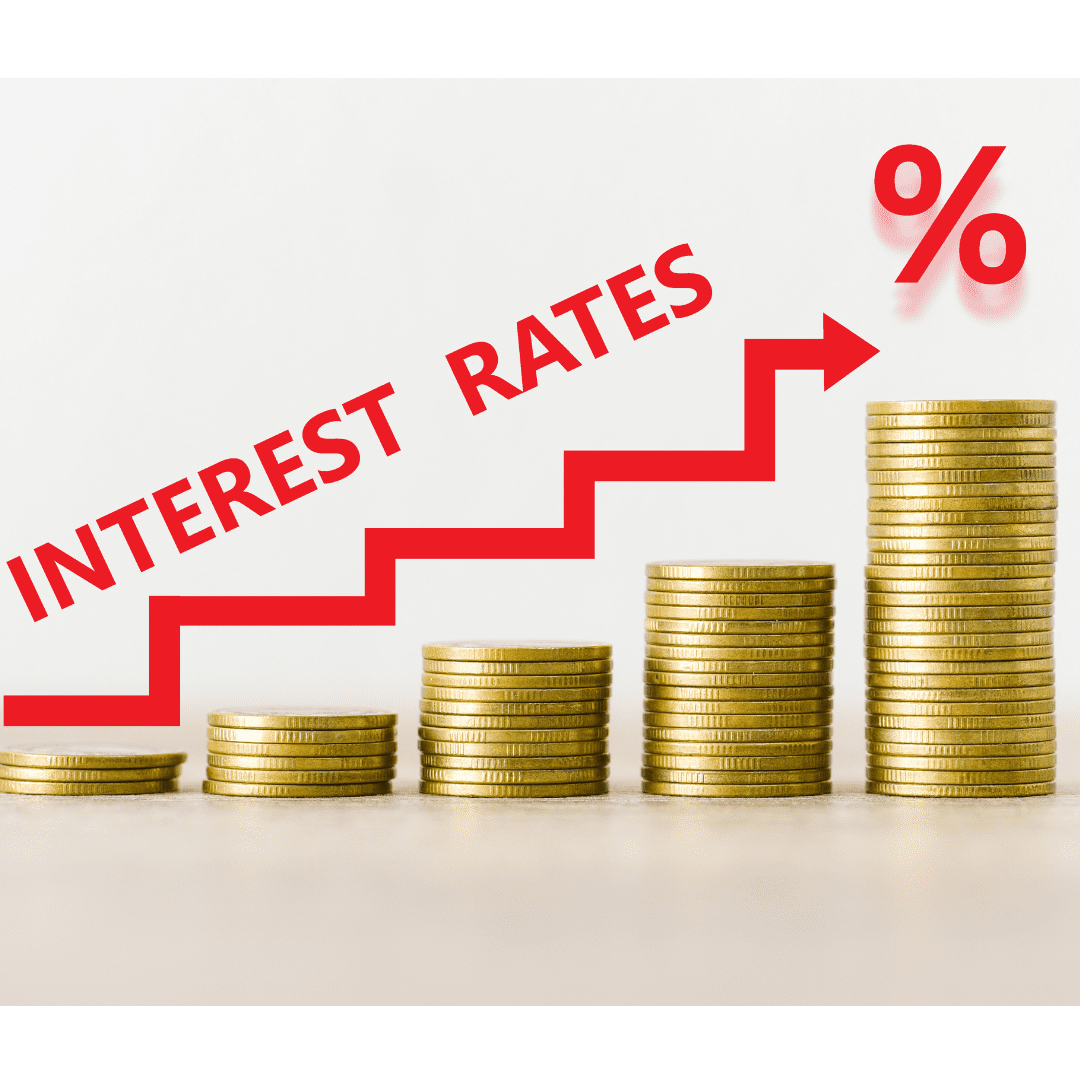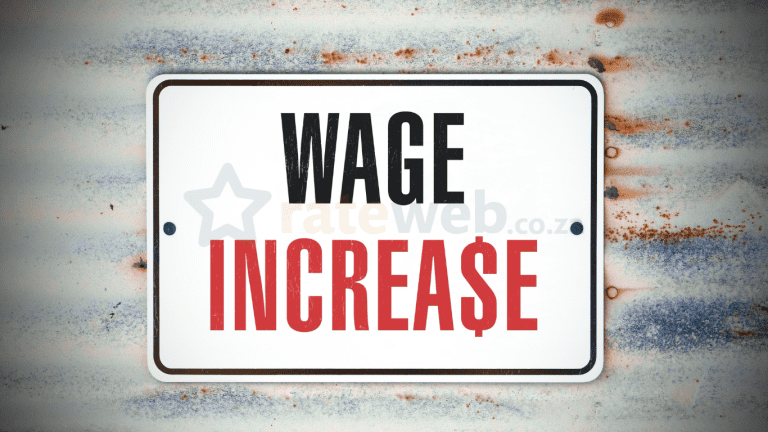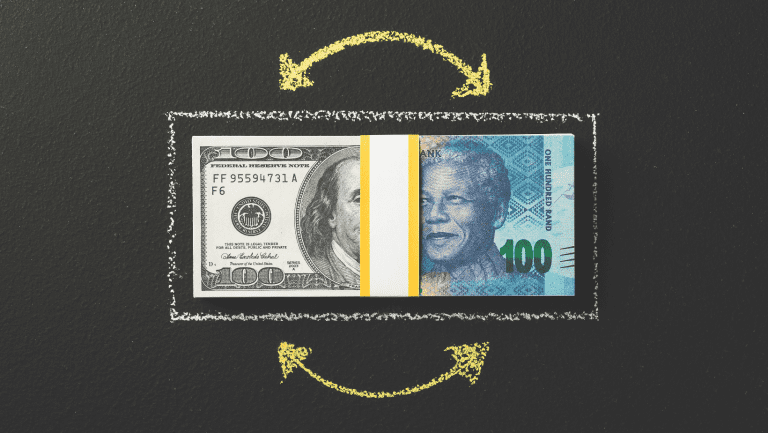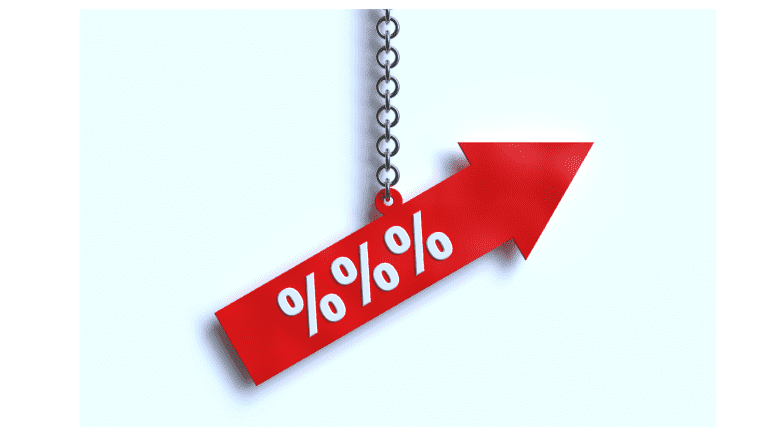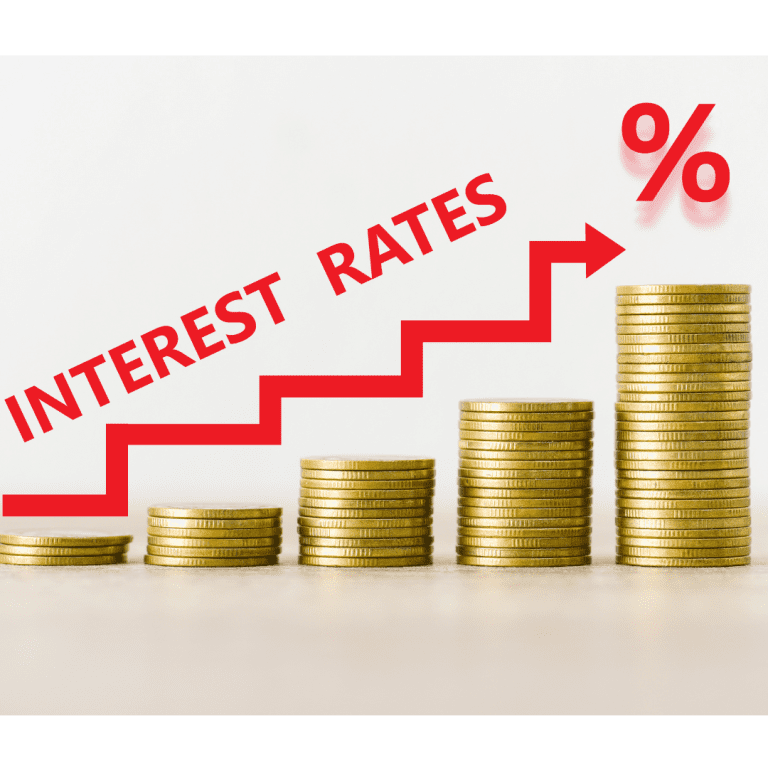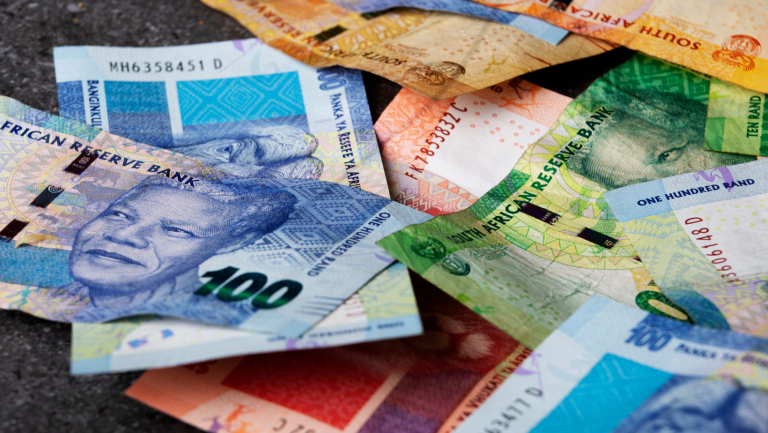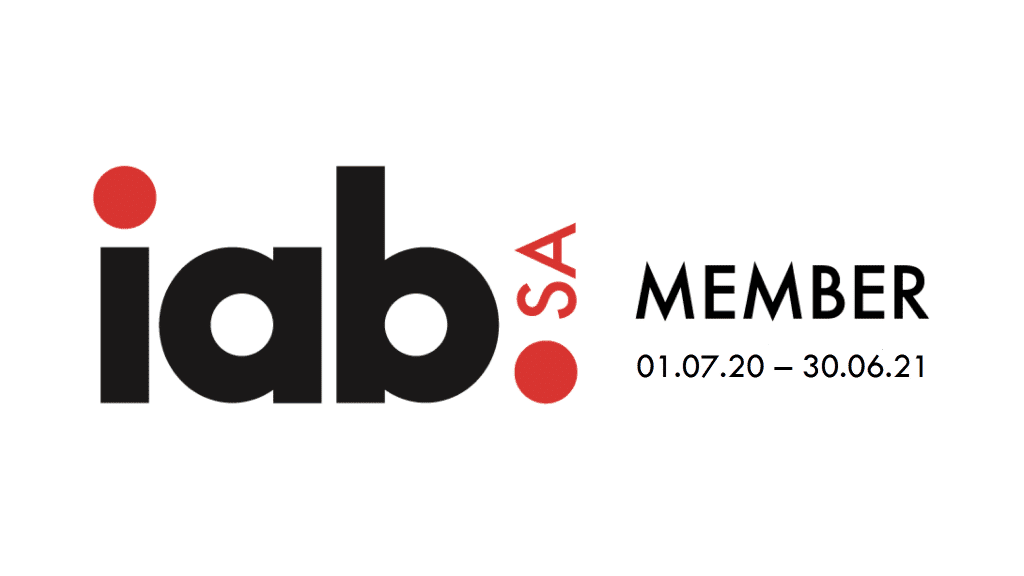- The South African Reserve Bank’s (SARB) interest rate hike can make the country more attractive to investors, as higher rates offer better returns for foreign capital inflows.
- SARB’s proactive approach in addressing high inflation levels showcases its commitment to fulfilling its mandate and protecting the rand and the incomes of the most vulnerable citizens.
- South African banks’ strong capitalization and robust risk management practices allow the SARB to act independently and prioritize local concerns, rather than merely following global interest rate trends.
In light of the South African Reserve Bank’s (SARB) recent decision to increase interest rates by 50 basis points, Thalia Petousis, a portfolio manager at Allan Gray, highlights the potential benefits this decision may have on the country’s economy. Although the rate hike will place additional burden on debt holders, it can boost South Africa’s appeal to foreign investors and demonstrate the central bank’s proactivity in fulfilling its mandate.
Petousis emphasizes that the increased rate positions South Africa as an attractive investment destination, with the money market quickly becoming a refuge for savers. The overnight repo rate reached 7.75% at the end of March, its highest level in nearly 14 years. SARB’s further adjustments to the repo rate will depend on their confidence in South Africa’s consumer price inflation (CPI) approaching their target of 4.5% year-on-year, with February’s CPI still at an elevated 7%.
The impact of load shedding on production costs and food retailers’ operations has heightened concerns about food inflation. SARB has noted that South African food price inflation is surging faster than anticipated, reaching 14% year-on-year in February. Furthermore, the country’s trade balance has deteriorated, with a decline in exports due to weakened platinum group metal prices and load shedding-related production disruptions.
A trade deficit necessitates foreign financing, making the SARB sensitive to factors driving foreign capital inflows into the country. The attractiveness of South African interest rates as an investment destination is crucial. Petousis compares South Africa’s interest rates to those of Mexico and Brazil, at 11% and 13.8%, respectively, indicating that the SARB has work to do to make the country more competitive. The hike in interest rates has led to a rise in one-year bank money market instruments, reaching as high as 9.1%.
Addressing the second benefit, Petousis acknowledges the SARB’s proactive approach in tackling high inflation levels, in line with its mandate. South Africa is facing significant structural constraints to growth, which cannot be resolved through monetary policy alone. The SARB’s primary objective is to protect the rand and combat inflation, ensuring that the incomes of the most vulnerable are not eroded. In this regard, the central bank has taken decisive action.
In contrast, the US Federal Reserve’s actions have been dictated by a different set of variables. Following the collapse of Silicon Valley Bank, the market concluded that the impact of rising interest rates on US Treasury holdings was too severe and anticipated the Fed would begin cutting interest rates. However, South African banks have maintained strong capitalization, considerable high-quality liquid asset buffers, and robust risk management practices, giving the SARB the flexibility to act independently and prioritize local concerns.
Petousis refutes the notion that South Africa simply follows the US’s interest rate trends, pointing out that the SARB started raising interest rates a quarter ahead of the Fed in 2021. While the SARB remains sensitive to South Africa’s real interest rate within the context of global financial rates, it maintains independent decision-making from foreign central banks and remains proactive in addressing inflation risks.
Petousis concludes by praising the SARB’s vigilance, stating that South Africa’s central bank is far from being caught off-guard and deserves recognition for its efforts.


